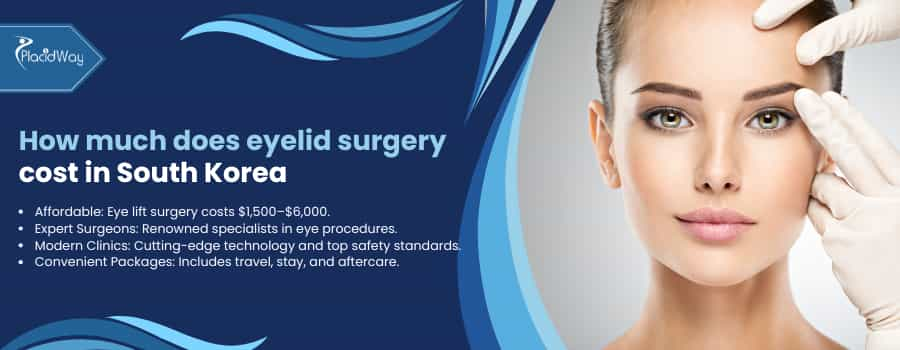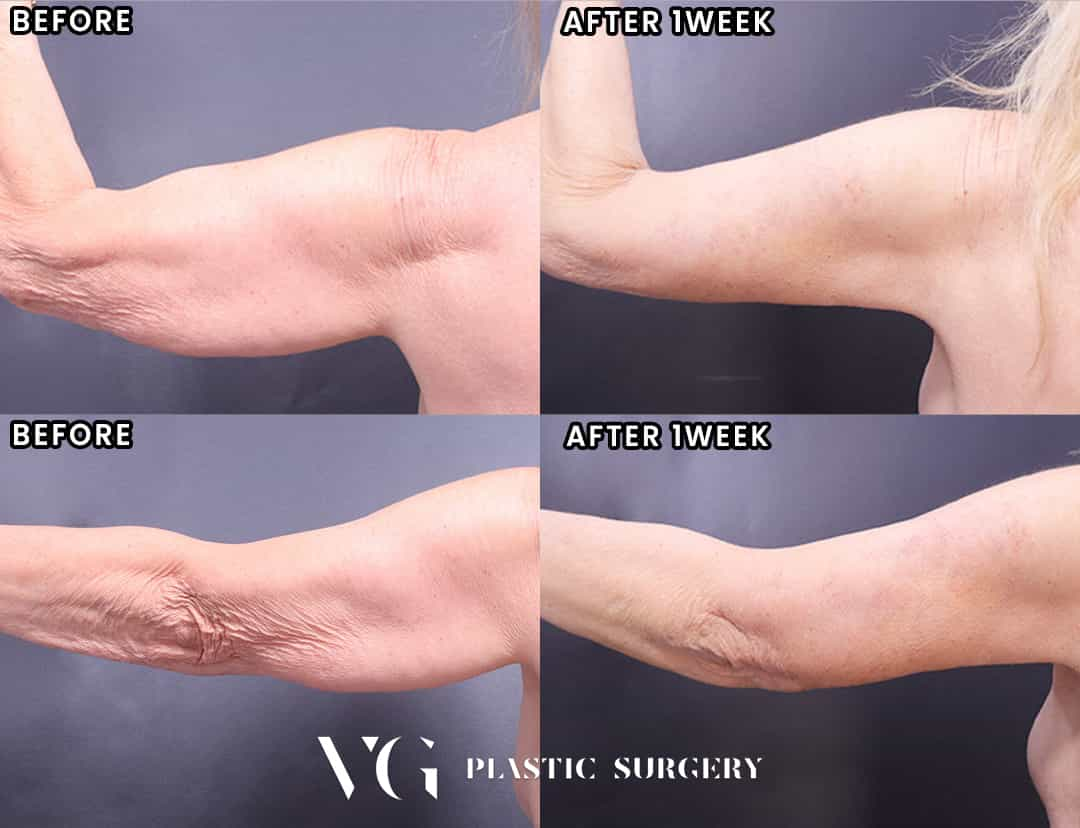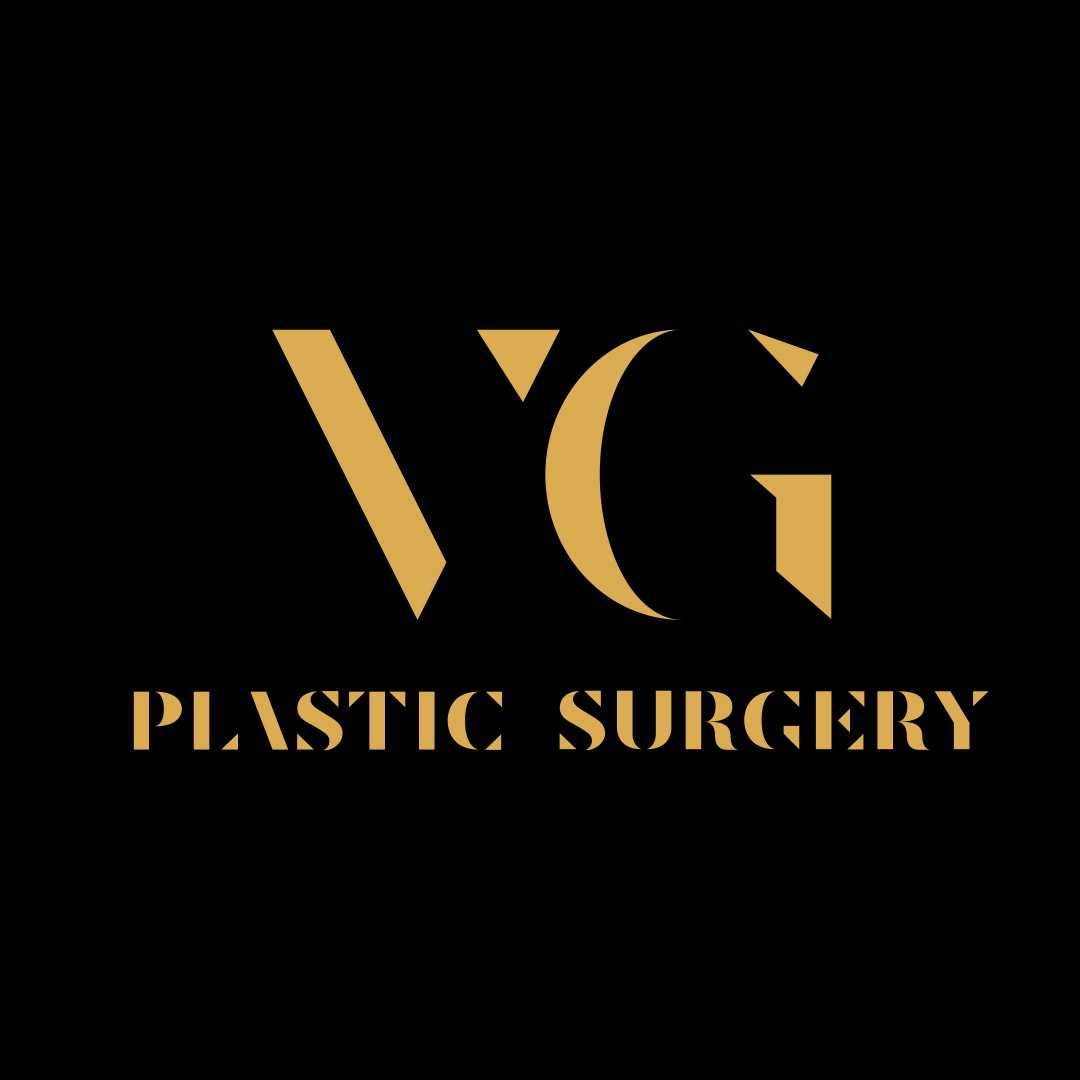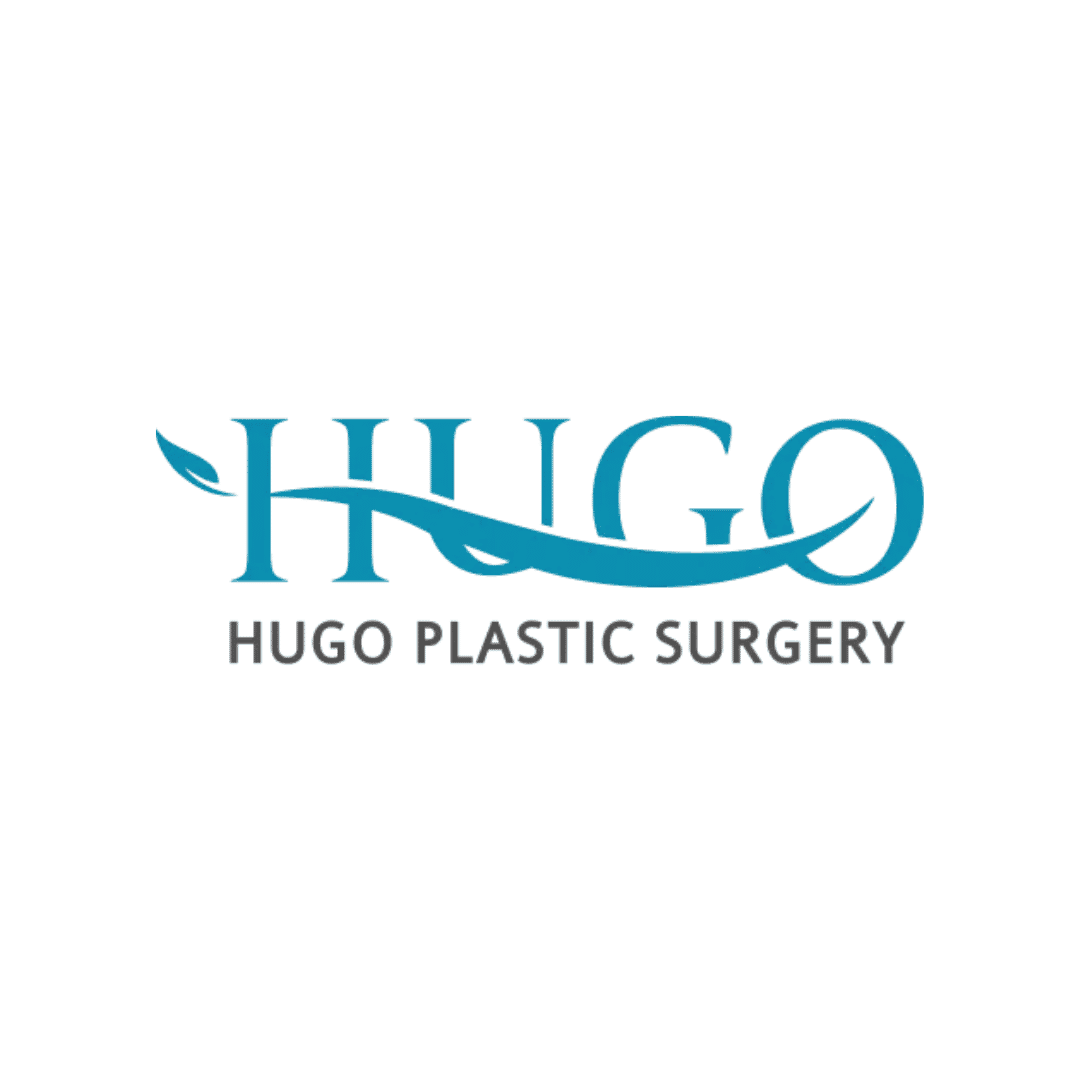Eyelid Surgery in South Korea: Costs, Benefits, and Insights

Eyelid surgery, medically known as blepharoplasty, is a popular choice for people looking to refresh their appearance or improve their vision. Whether it's to address signs of aging like drooping eyelids or under-eye bags, or to create a more defined eyelid crease, this procedure can make a noticeable difference. As you explore your options, South Korea often comes up as a leading destination. But what does it really involve, especially if you're thinking about traveling there for the surgery?
This guide will walk you through everything you need to know about eyelid surgery in South Korea. We'll cover why it's such a popular choice, the different types of procedures available, what influences the eyelid surgery korea cost, and what you can expect for your money. We’ll also touch on how to find the right clinic and prepare for your trip, ensuring you have a clear picture of the entire process.
Why is South Korea a Top Choice for Eyelid Surgery?
South Korea has gained a worldwide reputation as a center of excellence for cosmetic surgery, and eyelid procedures are among the most frequently performed. There are several good reasons why people from all over the globe choose South Korea for this type of surgery:
- Highly Skilled Surgeons: Korean plastic surgeons are known for their extensive training, meticulous techniques, and deep understanding of facial aesthetics. Many have specialized in eyelid surgery, performing thousands of procedures and honing their skills to achieve natural-looking results.
- Advanced Medical Facilities: Clinics and hospitals in South Korea, particularly in areas like Gangnam in Seoul, are often equipped with the latest medical technology. This contributes to safer procedures and better outcomes.
- Focus on Innovation: The Korean cosmetic surgery industry is highly competitive, which drives continuous advancements in surgical techniques and patient care. Surgeons are often at the forefront of new and refined methods for eyelid surgery.
- Experience with Diverse Patients: While renowned for procedures like "double eyelid surgery" popular among people of East Asian descent, Korean surgeons are also highly experienced in performing eyelid surgeries tailored to the diverse anatomical features and aesthetic goals of international patients.
- Competitive Pricing: Compared to countries like the United States, Canada, or the UK, the cost of eyelid surgery in South Korea can be significantly more affordable, even when factoring in travel and accommodation. This doesn't mean a compromise on quality; rather, it reflects the high volume of procedures and market competition.
- Cultural Appeal and Tourism: Many patients combine their medical journey with the experience of exploring South Korean culture, cuisine, and attractions. The country offers a vibrant and modern environment that is welcoming to visitors.
- Comprehensive Care Packages: Many clinics catering to international patients offer all-inclusive packages that may include consultations, the surgery itself, post-operative care, and sometimes even accommodation and translation services, making the process smoother for those traveling from abroad.
The combination of skilled specialists, modern facilities, cost-effectiveness, and a patient-focused approach makes South Korea an attractive option for anyone considering eyelid surgery.
Understanding Eyelid Surgery: Types and What They Involve
Eyelid surgery isn't a one-size-fits-all procedure. Depending on your specific concerns and aesthetic goals, your surgeon will recommend the most suitable type of blepharoplasty. Here are the common types of eyelid surgeries available, including those frequently performed in South Korea:
Upper Blepharoplasty: This surgery focuses on the upper eyelids. It's often chosen by individuals who have excess skin that creates a droopy or hooded appearance, which can sometimes even interfere with vision. During the procedure, the surgeon makes an incision along the natural crease of the upper eyelid. Through this incision, excess skin, and sometimes a small amount of muscle and fat, are removed. The result is a smoother, more youthful-looking upper eyelid and, in some cases, improved field of vision.
Lower Blepharoplasty: This procedure addresses concerns with the lower eyelids, such as under-eye bags, puffiness, or fine wrinkles. The surgeon can make an incision either just below the lower lashes (transcutaneous approach) or inside the lower eyelid (transconjunctival approach). The transconjunctival approach is often preferred when only fat needs to be removed or repositioned, as it leaves no visible external scar. Excess skin and fat are removed or repositioned to create a smoother transition from the lower eyelid to the cheek.
Double Eyelid Surgery (Asian Blepharoplasty): This is a very popular procedure in South Korea and among individuals of East Asian descent who wish to create a crease in the upper eyelid, where one may not naturally exist (a monolid). This surgery can make the eyes appear larger and more defined. There are two main techniques:
- Incisional Method: Similar to upper blepharoplasty, an incision is made along the desired new eyelid crease line, and a small amount of skin, muscle, and fat may be removed before the crease is created with sutures. This method is generally considered to provide a more permanent and defined crease, especially for those with thicker eyelid skin.
- Non-Incisional (Suture) Method: This technique involves creating the eyelid crease using sutures passed through tiny punctures in the eyelid skin, without a continuous incision. It usually results in less swelling and a quicker recovery. However, it may not be suitable for everyone, particularly those with very thick skin or significant excess fat in the eyelids. The results can sometimes be less permanent than the incisional method.
Ptosis Correction (Droopy Eyelid Repair): Ptosis refers to the drooping of the upper eyelid due to weakness or detachment of the levator muscle, the muscle responsible for lifting the eyelid. This condition can be present from birth or develop later in life due to aging or injury. It can affect vision and give a tired appearance. Ptosis correction surgery aims to tighten or reattach this muscle, raising the eyelid to a more normal position. This is often more complex than a standard blepharoplasty and requires a surgeon with specific expertise in this area.
Revision Eyelid Surgery: Sometimes, patients who have had previous eyelid surgery may not be satisfied with the results or may experience complications. Revision eyelid surgery is performed to correct these issues. It can be more challenging than primary surgery due to scar tissue and altered anatomy, so choosing a highly experienced surgeon is crucial.
During your consultation, the surgeon will carefully examine your eyelids, discuss your concerns, and explain which type of surgery, or combination of procedures, will best help you achieve your desired outcome. They will also explain the specific techniques they plan to use.
Breaking Down the Costs: What Affects Eyelid Surgery Prices in South Korea?
The cost of eyelid surgery in South Korea isn't a fixed number; it can change based on several important details. Understanding these can help you get a better idea of eyelid surgery korea cost.
- Surgeon's Experience and Reputation: Highly experienced surgeons with a strong reputation and a track record of successful outcomes often charge more for their services. Their expertise and skill level are significant factors in the overall price.
- Clinic's Reputation and Location: Well-known clinics, especially those located in prime areas of Seoul like Gangnam, might have higher prices. These clinics often invest heavily in advanced technology, luxurious facilities, and comprehensive patient services, which can be reflected in their fees.
- Complexity of the Procedure: The specific type of eyelid surgery you need will greatly influence the cost. For example, a straightforward upper blepharoplasty on one eyelid will generally eyelid surgery korea cost less than a combined upper and lower blepharoplasty on both eyes, or a complex revision surgery. Procedures like ptosis correction, which involve muscle repair, can also be more expensive due to their intricacy.
- Type of Anesthesia Used: Eyelid surgery can be performed under local anesthesia, local anesthesia with sedation, or general anesthesia. The type of anesthesia used will impact the cost, with general anesthesia typically being more expensive due to the need for an anesthesiologist and more intensive monitoring. Most routine eyelid surgeries are done with local anesthesia and sedation.
- Surgical Technique: Even within a specific type of eyelid surgery, different techniques can be used. For instance, the incisional method for double eyelid surgery might be priced differently than the non-incisional (suture) method. The surgeon will choose the technique best suited to your anatomy and goals, and this can affect the overall time and resources needed.
- Primary vs. Revision Surgery: As mentioned earlier, revision eyelid surgery (correcting a previous surgery) is usually more complex and time-consuming than a primary (first-time) surgery. This increased complexity typically means a higher cost.
- Inclusions in the Price: Some clinics offer all-inclusive packages, while others might bill certain services separately. It's important to clarify what is included in the quoted price – such as pre-operative consultations, the surgery itself, anesthesia, post-operative medications, and follow-up appointments.
By considering these factors, you can have a more informed discussion with potential clinics and understand the basis of the quotes you receive.
A Closer Look: Average Eyelid Surgery Korea Cost
While individual factors play a big role, it's helpful to have an idea of the general price ranges for different types of eyelid surgery in South Korea. These prices are typically more affordable than in many Western countries.
Based on recent information, here's an approximate breakdown of eyelid surgery korea cost. Please remember these are estimates and can vary. The exchange rate used for USD approximation is 1 KRW = 0.00073 USD (this rate can fluctuate, so check current rates when planning).
(Exchange rate of May 2024, 1 USD ~ 1370 KRW used for approximation. This is subject to change.) Source: Based on aggregated data from various South Korean clinic guides and medical tourism platforms in 2024-2025.
What's Usually Included?
Many reputable clinics in South Korea that cater to international patients will include the following in their quoted price:
- Surgeon's fees
- Facility fees (operating room)
- Anesthesia fees
- Pre-operative consultation
- Basic post-operative medications (e.g., antibiotics, painkillers)
- Standard follow-up appointments during your stay in Korea
Some clinics may also include or offer packages that cover:
- Translation services
- Airport transfers
- Assistance with accommodation booking
It's always best to get a detailed breakdown of what is and isn't included in the price from each clinic you consider.
Global Eyelid Surgery Costs: How South Korea Compares
One of the reasons South Korea is a popular medical tourism destination is its competitive pricing for high-quality procedures. Here’s a general comparison of how eyelid surgery costs in South Korea stack up against some other countries:
- South Korea: As detailed earlier, prices for common procedures like upper or double eyelid surgery can range roughly from $1,100 to $3,650 USD.
- USA: In the United States, the same procedures can cost significantly more. Upper eyelid surgery might range from $3,000 to $6,000+, and combined procedures can easily exceed $6,000 - $12,000 USD. These prices often don't include all associated fees like anesthesia or facility costs in the initial surgeon's quote. (Source: Google Search snippets from Koreaclinicguide, Bookimed)
- UK: Prices in the UK can also be higher than in South Korea, with upper eyelid surgery potentially costing between $2,500 and $7,000 USD. (Source: Google Search snippet from Koreaclinicguide)
- Thailand: Thailand is another popular medical tourism hub, and its prices for eyelid surgery can be competitive, sometimes overlapping with South Korea's lower to mid-range, with upper eyelid surgery potentially starting from $1,000 USD, but can also go up to $4,000. (Source: Google Search snippet from Koreaclinicguide)
- Turkey: Turkey also offers competitive pricing, with upper eyelid surgery sometimes advertised from $1,500 - $3,700. However, it's always crucial to research clinic standards and surgeon qualifications thoroughly in any destination. (Source: Google Search snippet from Koreaclinicguide)
While cost is an important consideration, it's crucial to remember that quality, safety, surgeon expertise, and the overall care package should be the primary drivers in your decision-making process. South Korea often provides an excellent balance of high standards and reasonable costs.
Your Smooth Journey to Renewed Confidence with PlacidWay
Navigating the options for eyelid surgery abroad can feel like a big task. That's where PlacidWay can make a real difference. We are dedicated to helping you connect with reputable clinics and experienced surgeons in South Korea and other leading medical tourism destinations.
Here's how PlacidWay can support you:
- Access to Vetted Clinics: We partner with a network of carefully selected clinics and hospitals, ensuring they meet high standards of quality and patient care.
- Personalized Recommendations: Based on your specific needs, desired procedure, and budget, we can help you find suitable options.
- Free Quotes: Easily request and compare quotes from multiple clinics, helping you understand the costs involved.
- Simplified Communication: We can assist in bridging any communication gaps and help you arrange consultations.
- Logistical Support: From providing information on travel and accommodation to answering your general questions about the medical tourism process, we aim to make your journey smoother.
- Comprehensive Information: Our platform offers a wealth of information on various procedures, destinations, and clinics, empowering you to make informed decisions.
Choosing to have eyelid surgery is a personal decision, and having the right support can make all the difference. PlacidWay is here to guide you every step of the way, from initial research to connecting with the medical professionals who can help you achieve your aesthetic goals.
Frequently Asked Questions (FAQs)
Before you take the next step, here are answers to some common questions about eyelid surgery in South Korea:
How long do I need to stay in South Korea for eyelid surgery?
Most patients are advised to stay for at least 7 to 10 days. This allows for the initial consultation, the surgery itself, a few days of initial recovery, and the first follow-up appointment, which often includes stitch removal (typically 5-7 days post-op). Some more complex cases might require a slightly longer stay.
Is eyelid surgery painful?
The surgery itself is not painful as it's performed under anesthesia (local with sedation or general). After the surgery, you can expect some discomfort, tightness, and mild pain, which is usually well-managed with prescribed pain medication. Most patients report that the discomfort is less than they anticipated.
When will I see the final results of my eyelid surgery?
You'll notice a difference as soon as the initial major swelling and bruising subside, usually within 1-2 weeks. However, it takes time for all the tissues to heal and settle. Minor residual swelling can last for several weeks. The final, refined results are typically visible within 3 to 6 months, though subtle changes can continue for up to a year as scars mature.
What are the potential risks or complications of eyelid surgery?
Like any surgical procedure, eyelid surgery has potential risks, though they are generally uncommon when performed by a qualified surgeon. These can include infection, bleeding, adverse reaction to anesthesia, dry eyes, difficulty closing eyes, asymmetry, visible scarring, and, rarely, changes in vision. Your surgeon will discuss these potential risks with you in detail during your consultation.
Will I have noticeable scars after eyelid surgery?
Surgeons make incisions in places where they will be least conspicuous. For upper eyelid surgery, the incision is usually hidden in the natural eyelid crease. For lower eyelid surgery, the incision may be just below the eyelashes or hidden inside the eyelid (transconjunctival approach, which leaves no visible external scar). While there will be scars, they typically heal very well and fade significantly over time, becoming fine lines that are hard to notice.
Can I combine eyelid surgery with other procedures?
Yes, it's quite common for patients to combine eyelid surgery with other facial procedures, such as a facelift, brow lift, or fat grafting, to achieve a more comprehensive rejuvenation. If you are considering multiple procedures, discuss this with your surgeon during the consultation. They can advise if it's safe and appropriate to combine them.
Ready to Explore Your Options? Let PlacidWay Guide You!
Thinking about eyelid surgery is an exciting step towards a more refreshed and confident you. If South Korea's expertise and quality care sound like the right fit, PlacidWay is here to help make your journey as smooth and straightforward as possible.
Don't let questions hold you back. Reach out to PlacidWay today! We can connect you with leading clinics in South Korea, help you get personalized quotes, and provide the support you need to make an informed decision.
Click here to get started or to ask us any questions you may have. Your path to renewed confidence begins with PlacidWay!


.png)




.png)
.png)
.png)







Share this listing